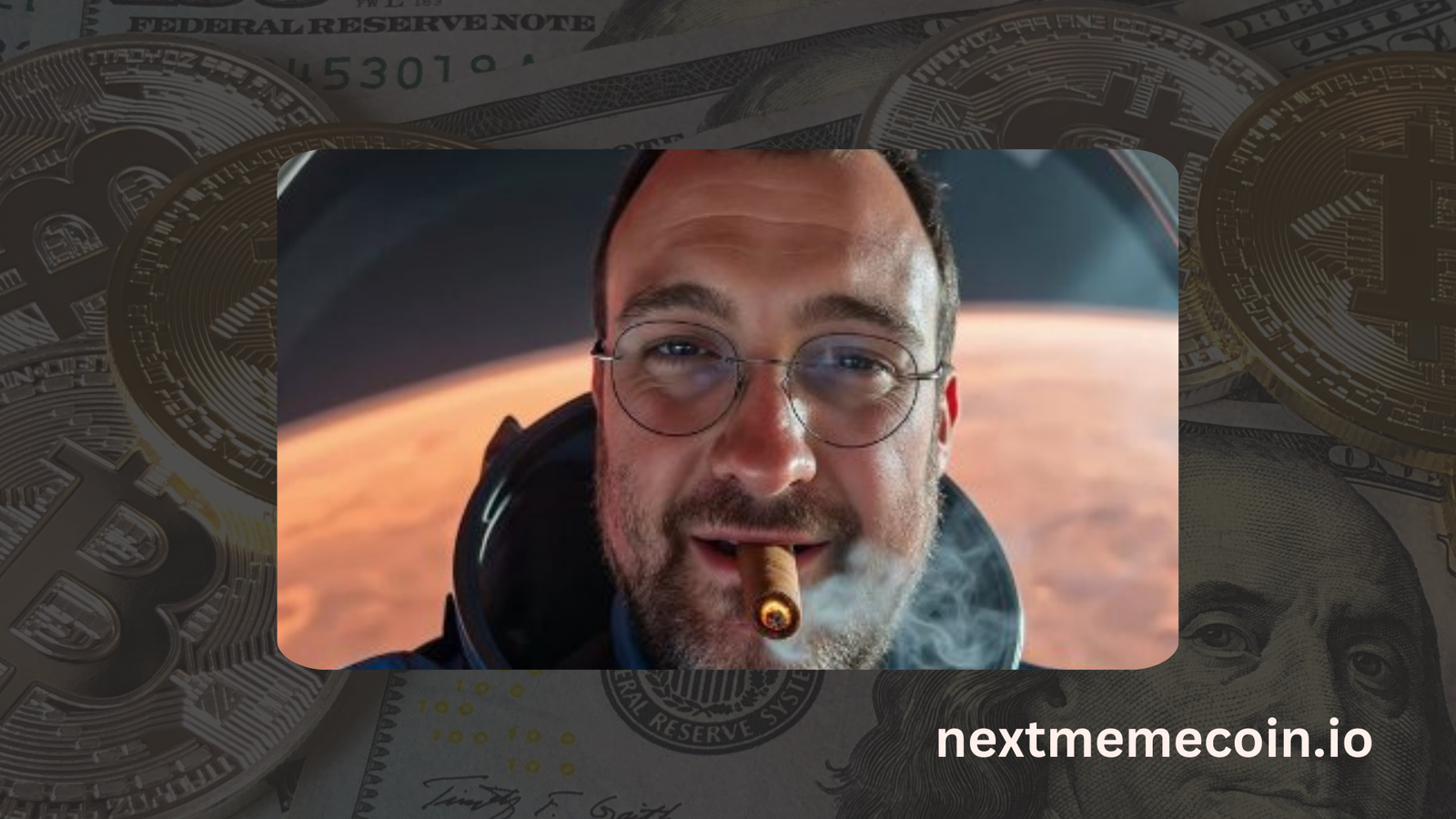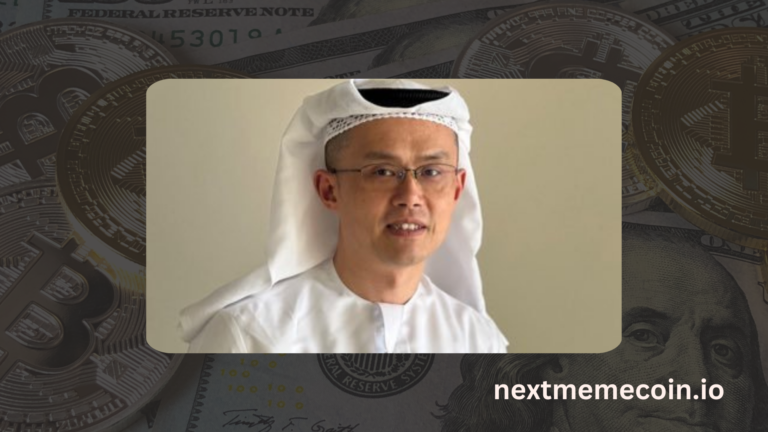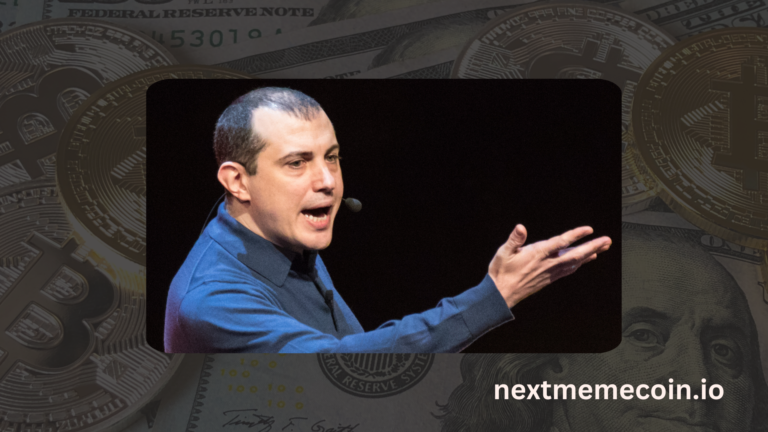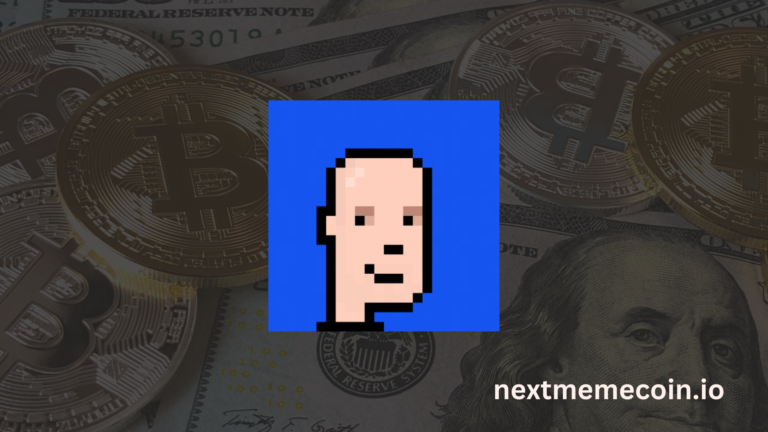Who is Charles Hoskinson? Bio, Net Worth & Cardano’s Path
Charles Hoskinson is a name that reverberates through the crypto universe like a bold chord—a mathematician, a dreamer, and the mastermind behind Cardano, a blockchain that dares to challenge Ethereum’s throne. He’s not your typical tech mogul, dripping in Silicon Valley polish or Wall Street swagger. Instead, he’s a rugged polymath, a Colorado native who’s wrestled with code, academia, and crypto’s wild currents to build something he believes can outlast them all. For beginners dipping their toes into the crypto waters, Hoskinson’s story is a lighthouse: a journey from Bitcoin’s early days to a $30 billion blockchain empire, fueled by a relentless quest for precision and a vision of a decentralized world.
This isn’t a tale of quick riches or fleeting hype—it’s the saga of a man who co-founded Ethereum, walked away, and then poured his soul into Cardano, a platform he calls a “third-generation” blockchain. As of March 24, 2025, we’ll peel back the layers of his life—from Denver’s suburbs to global crypto stages—his net worth, a fortune tied to ADA’s rollercoaster, and the winding path of Cardano, a project that’s both a technical marvel and a lightning rod. With USD figures grounding the stakes, this guide is your compass to Charles Hoskinson: a thinker who’s bet big on science, scalability, and a future where blockchain isn’t just a buzzword but a bedrock. Let’s dive into his bio, his wealth, and how Cardano carved its trail.
From Colorado to Crypto’s Vanguard: Charles Hoskinson’s Bio
Charles Hoskinson was born on November 5, 1987, in Honolulu, Hawaii, but his roots sank deep into Colorado’s soil. Raised in a middle-class family—his father a physician, his mother a nurse—he grew up in metro Denver, a kid with a restless mind. Early on, he was a puzzle-solver, drawn to math’s clean logic over playground chaos. Home-schooled for stretches, he later hit Metropolitan State University of Denver and the University of Colorado Boulder, chasing degrees in analytic number theory—a brain-bending field of primes and proofs. But academia wasn’t his cage; he dropped out in his 20s, restless for real-world impact over lecture halls.
His tech journey kicked off in the late 2000s, freelancing as a coder and soaking up Denver’s startup buzz. In 2011, Bitcoin caught his eye—at $1 per coin, it was a curiosity he couldn’t shake. He mined it on a rig of scavenged GPUs, stacking BTC when most saw it as nerd cash. By 2013, he’d joined Dan Larimer at Invictus Innovations, launching BitShares—a blockchain for decentralized finance before DeFi was a term. That gig was short; Larimer’s vision clashed with his, but it lit a fuse. Later that year, he met Vitalik Buterin on a Bitcoin forum, a 19-year-old with a wild idea: Ethereum, a blockchain for smart contracts. Hoskinson, 26, jumped in as a co-founder, one of eight originals.
Ethereum’s birth was messy. Hoskinson pushed for a for-profit model—venture cash, structure—while Buterin wanted it nonprofit, pure, and open. By June 2014, the rift split them; Hoskinson left, taking his BTC stash (rumored at thousands) and lessons in compromise. He didn’t sulk—he pivoted. In 2015, with Ethereum co-founder Jeremy Wood, he launched IOHK (Input Output Hong Kong), a research-driven crypto outfit. Their baby? Cardano, a blockchain built on peer-reviewed science, launched in 2017 after a $62 million ICO. Hoskinson’s goal was audacious: fix Ethereum’s flaws—speed, cost, governance—with a platform that’s “provably secure.”
Since then, he’s been Cardano’s face—CEO of IOHK, a Wyoming rancher, and a YouTube sage with 300,000+ subscribers, live-streaming from his barn. On X as @IOHK_Charles, his 400,000 followers catch his rants—pro-BTC, anti-XRP, bullish on ADA. He’s co-founded Ethereum Classic (ETC), advises projects like Polygon, and runs a hospital in Wyoming, blending crypto with quirky side hustles. At 37, he’s a crypto titan—a dropout who turned math into millions, driven by a belief that blockchain can rewrite society’s rules.
Net Worth: A Crypto Haul Tied to Cardano’s Climb
How rich is Charles Hoskinson? It’s a number that shifts with crypto’s tides, but estimates as of March 24, 2025, peg him at $500 million to $1 billion—a fortune built on ADA, early BTC, and IOHK’s clout. He’s not Forbes-listed like Binance’s CZ, but his wealth’s a mosaic of coins, equity, and hustle. For beginners, it’s a wild ride: his net worth’s a crypto casino, soaring with Cardano’s peaks, dipping with its troughs, all rooted in a mathematician’s gamble.
Cardano’s ADA is the core. Launched in 2017, its ICO sold 25.9 billion ADA at $0.0024—$62 million raised. Hoskinson, as IOHK’s head, likely scored a founder’s cut—say 1–5% of the 45 billion total supply (31.1 billion circulating in 2025). That’s 450 million to 2.25 billion ADA. At $0.94 per ADA (late 2024), 450 million is $423 million; 1 billion ADA is $940 million. He’s never confirmed his stash, but X whispers peg him at “hundreds of millions” of coins. In 2021, when ADA hit $3.10, 1 billion ADA topped $3.1 billion—briefly a billionaire. The 2022 crash to $0.25 slashed that to $250 million. Today’s $0.94 steadies him at $423–$940 million, assuming he hodls (he’s said he doesn’t sell).
Bitcoin’s a kicker. Mining in 2011–2013, when BTC was $1–$80, he could’ve stacked 1,000–5,000 coins—$1,000–$80,000 invested. At $67,500 per BTC (late 2024), that’s $67.5–$337.5 million. Ethereum’s co-founder gig netted ETH too—maybe 100,000 from the 2014 crowdfund at $0.31 ($31,000 cost). At $2,500 each now, that’s $250 million, though he likely sold some post-exit. IOHK’s his cash cow—valued at $100–$500 million by crypto analysts, with Hoskinson owning 50–80% ($50–$400 million). Revenue from Cardano contracts, research, and partnerships (like Ethiopia’s blockchain IDs) pumps it—$10–$20 million yearly, call it $80–$120 million since 2015.
Side hustles sprinkle more. Ethereum Classic’s founding added ETC—10,000 coins at $1 in 2016, now $18.50 ($185,000). His Wyoming ranch and hospital, plus advisory roles (Polygon, BitShares), tack on $5–$20 million. Low-end math: 450 million ADA ($423 million), 1,000 BTC ($67.5 million), 50,000 ETH ($125 million), 50% IOHK ($50 million), $10 million extras—$675.5 million. High-end: 1 billion ADA ($940 million), 2,000 BTC ($135 million), 100,000 ETH ($250 million), 80% IOHK ($400 million), $20 million extras—$1.745 billion. Reality’s likely $700 million–$1 billion, flexing with ADA’s $30 billion market cap in 2025. For newbies, it’s not Musk-scale—it’s a crypto king’s haul, built on code and conviction.
Cardano’s Path: From Blueprint to Blockchain Titan
Cardano’s path didn’t start with a bang—it was a slow burn, a mathematician’s blueprint for a better blockchain. In 2015, Hoskinson and Wood launched IOHK, aiming to outdo Ethereum with rigor. Cardano’s name nods to Gerolamo Cardano, a 16th-century polymath; its token, ADA, honors Ada Lovelace, the world’s first programmer. The vision? A “third-generation” chain—Bitcoin’s security, Ethereum’s smarts, plus scalability and sustainability. Unlike ETH’s rushed launch, Cardano took years—peer-reviewed papers, Haskell code, a $62 million ICO in Japan (25.9 billion ADA sold, 5.2 billion to IOHK).
September 29, 2017, marked Byron, Cardano’s genesis—mainnet live, ADA trading at $0.0217. It was basic: send and receive, no contracts. Shelley followed in July 2020, staking unleashed—35% of ADA staked by 2025, per Cardano.org, with 3,000+ pools. Goguen, phased through 2021, brought smart contracts via Plutus—Haskell-based, slower but safer than Ethereum’s Solidity. Alonzo’s September 2021 hard fork sealed it—Cardano hit $3.10, a $94 billion market cap, third behind BTC and ETH. Basho and Voltaire, ongoing into 2025, promise scaling (Hydra, 1 million TPS) and governance (on-chain voting).
The path’s been bumpy. Critics—Vitalik included—mocked its “academic vaporware” pace; no dApps ran till 2021. Yet by 2025, Cardano hosts 1,500+ projects—SundaeSwap, MinSwap—$300 million in TVL (Messari), trailing Ethereum’s $60 billion but growing. Ethiopia’s 5 million student IDs on Cardano (2021) and Japan’s NFT boom show real use. ADA’s $0.94 price in late 2024 (down from $3.10) reflects crypto’s winter, but its $30 billion cap holds firm. Hoskinson’s bet—science over speed—aims for 1 billion users by 2030, a moonshot built on patience.
After the Path: Hoskinson’s Cardano Quest
In 2025, Hoskinson’s pushing Cardano’s edge—Hydra’s scaling tests, Voltaire’s voting rollout, and a $500,000 AI grant fund via IOHK. He’s sparred with XRP fans on X, defended ADA’s $1 trillion potential, and eyed Africa’s unbanked. Post-Trump’s 2024 win, he’s mused on U.S. BTC reserves, aligning with Bukele’s play. At 37, he’s a crypto elder—rancher, YouTuber, still coding Cardano’s future.
Lessons for Crypto Newbies
Hoskinson’s tale offers rookie gold. First, patience pays—Cardano’s slow build hit $94 billion. Second, early bets win—BTC at $1, ADA at $0.0024. Third, vision trumps hype—science, not buzz, drives him. Buy $10 of ADA, watch his AMAs, feel the grind. He’s not just rich—he’s a builder, proving crypto’s about systems, not just stacks.
FAQs About Charles Hoskinson and Cardano
Who is Charles Hoskinson?
A mathematician and Ethereum co-founder who launched Cardano in 2017, now IOHK’s CEO and a crypto visionary.
What’s Charles Hoskinson’s net worth?
$500 million–$1 billion—ADA (450M–1B, $423M–$940M), BTC ($67.5M–$135M), ETH ($125M–$250M), IOHK ($50M–$400M).
What’s Cardano?
A third-gen blockchain—secure, scalable, smart—launched 2017, $30 billion cap in 2025, built on peer-reviewed tech.
Why’d he leave Ethereum?
Clashed with Buterin in 2014 over for-profit vs. nonprofit—left to forge Cardano’s scientific path.
Will Cardano overtake Ethereum?
Hoskinson says yes—1M TPS, governance—but ETH’s lead ($300B cap) looms; it’s a long climb.
Conclusion
Charles Hoskinson’s a crypto alchemist—turning math into Cardano’s gold. His bio’s a trek from Denver’s fringes to blockchain’s front, his net worth a testament to early faith, and Cardano’s path a bold rewrite of the rules. For beginners, he’s your guide—proof crypto’s a marathon, not a sprint. Grab some ADA, hear his vision, and see if his gamble reshapes the game.





